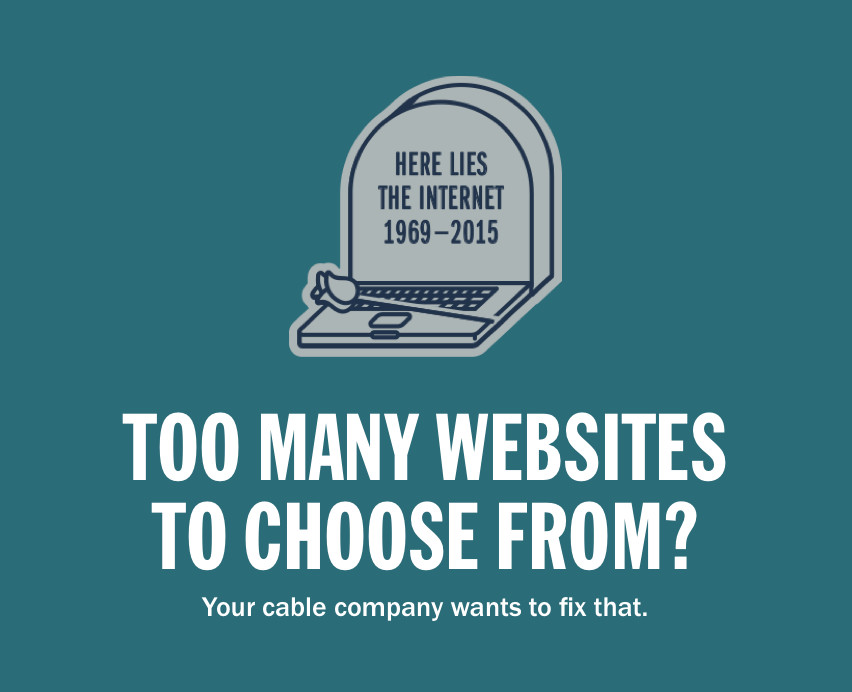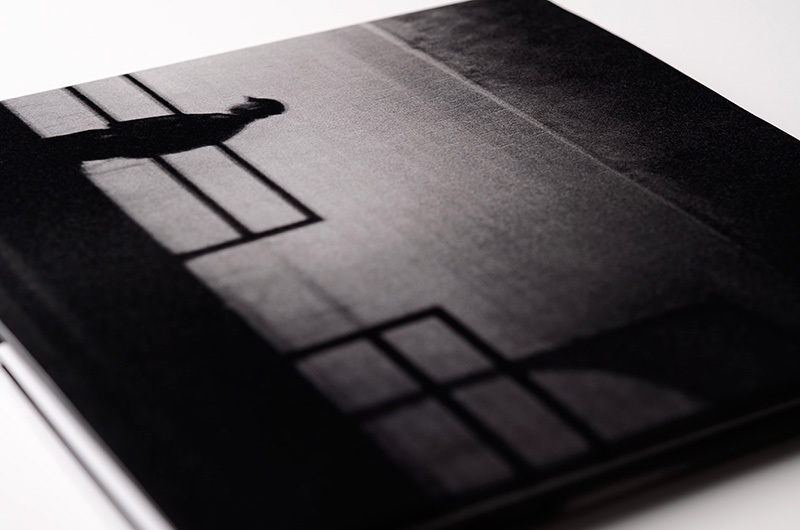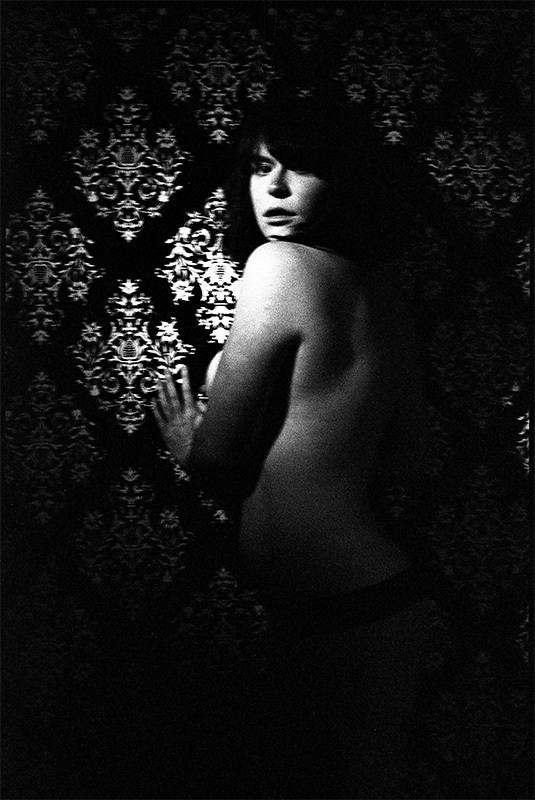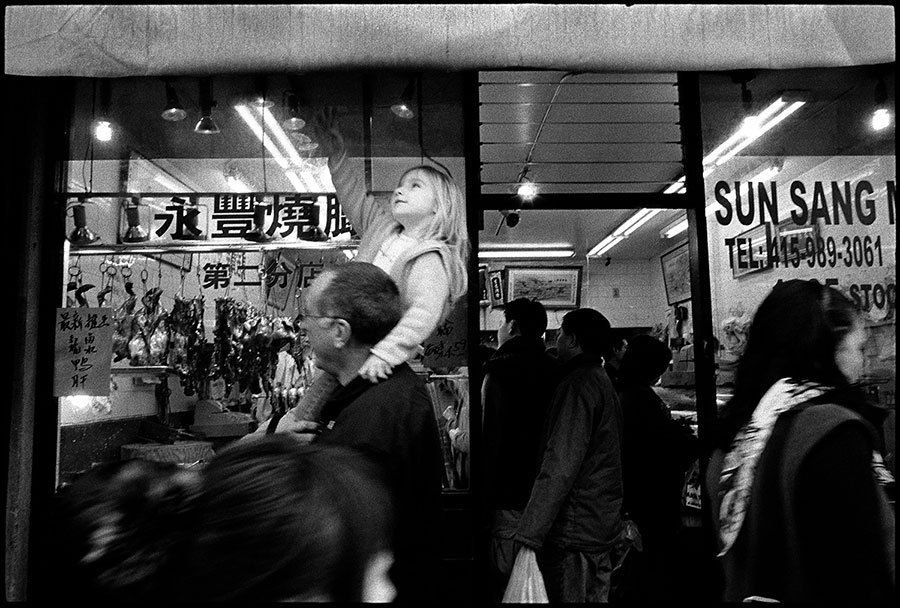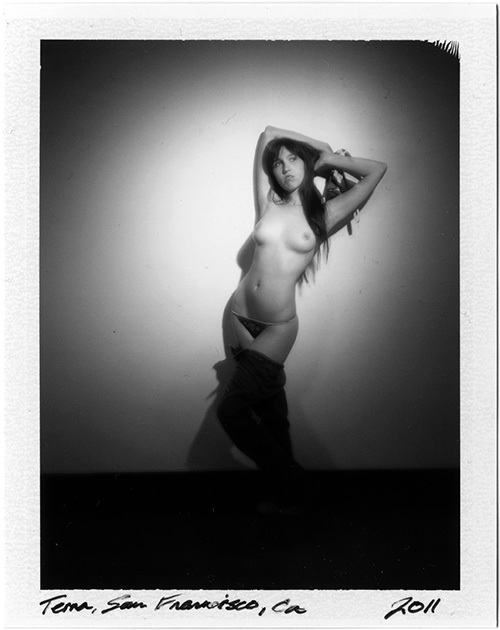Who has GAS? (gear aquisition syndrome).
Typically I shoot with 3 bodies and 3 lenses. My two main rigs are a Leica M3 with a very well aged (ugly) Leitz 5cm/50mm f/1.5 (some people really hate on this lens, I love it, lots of character), and a Leica M2 with a relatively new-ish Zeiss 35mm f/2.0. The third body I typically carry is actually a Voigtlander Bessa R3m, with a 21mm f/4.0 lens. I picked up the Voigtlander to use with the 21mm because of it's small size and weight, as I like to keep that one around my neck most of the time. Like the Leica M3 and M2, it's functions are purely mechanical and doesn't require batteries.
Now, here is where the real gear head tool boxes will come out of the woodwork and say "why would you use inferior Zeiss or Voigtlander lenses" as oppose to Leica glass that is the "best in the world." The answer is two-fold. I don't have a trust fund to lay out five grand for a new 50mm, and what some may see as flawed I find quite interesting and desirable. "Perfect" is entirely boring. My 50mm has a wonderful softness wide open and is absolutely amazing for portraits. My 21mm is as sharp as it needs to be, doesn't distort much, and has a nice little vignette that I think helps keep the eye in the frame, especially with a lens that wide. And my Zeiss 35mm has amazing contrast and clarity, it's the perfect intermediate lens and is a great piece of glass for environmental portraits as well.
People often ask why rangefinders, why prime lenses, why no long glass...? First, rangefinders don't take zooms, so there's that. Second, rangefinders allow you to see what's going on outside of the lenses field of view. In other words, you can see what's coming, and that's great on the street. As for prime lenses... I shoot a lot of things from the hip, not looking through the finder at all, and that's difficult to do with zoom lenses. I know exactly what my 35mm or 21mm is going to see, I don't need to look through it. With a zoom lens on a crop sensor I have no idea what I'm getting unless I look through the finder. Primes are also typically faster (larger maximum f-stop), lighter, smaller and of a higher optical quality than a lot of zoom lenses. It's difficult to optimize a lens throughout the range of a zoom from say 18-85mm. As to wide lenses, closer is always better. The great Robert Cappa said "If your pictures aren't good enough, you aren't close enough." Incidentally, he stepped on a land mine while making pictures in Indochina. Regardless, working on the street at least, small compact cameras with short, wide lenses are far superior in my opinion. All you clowns out there carrying around your giant Canon 5D Mark III with a gaudy red strap that says Canon Digital on it in big white letters, and a ginormous 70-200mm L-Series lens, in white of course, you're a god damn target. Get a clue.
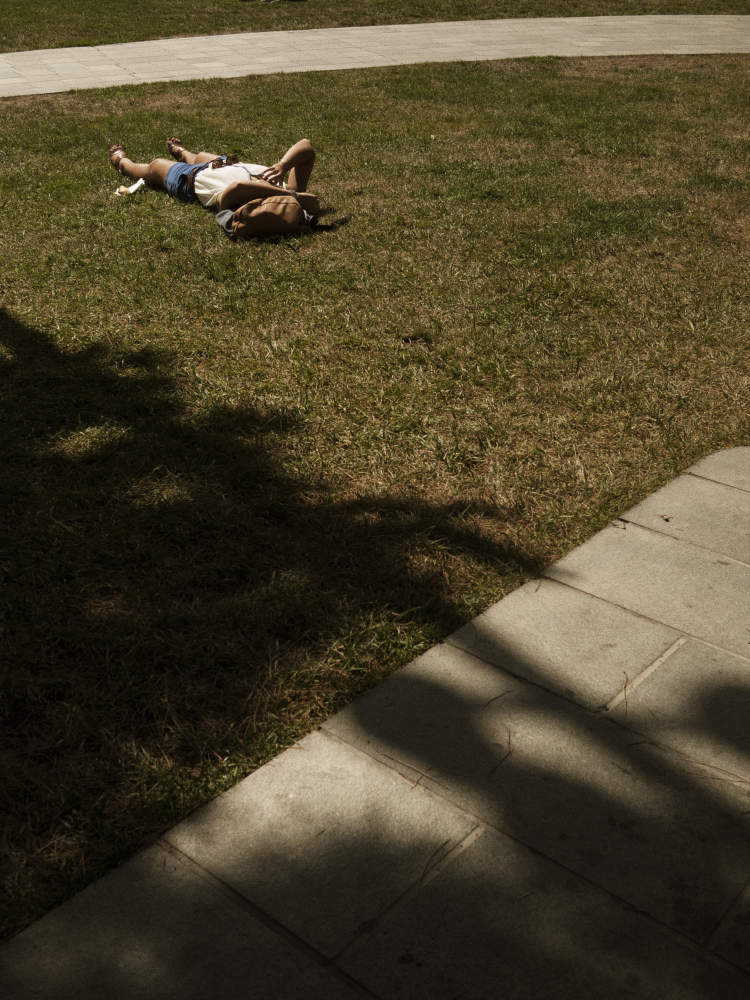 Spent the afternoon shooting in Yerba Beuna Park today, with a small herd of photo students in tow for the first class of the fall semester. Technically, today should have been the second class of the semester, however due to the sudden attack of tiny demon rocks previously mentioned here, I missed the first few days of the semester. Seems like a chipper bunch, maybe it was just the heat wave. Time will tell...
Spent the afternoon shooting in Yerba Beuna Park today, with a small herd of photo students in tow for the first class of the fall semester. Technically, today should have been the second class of the semester, however due to the sudden attack of tiny demon rocks previously mentioned here, I missed the first few days of the semester. Seems like a chipper bunch, maybe it was just the heat wave. Time will tell... 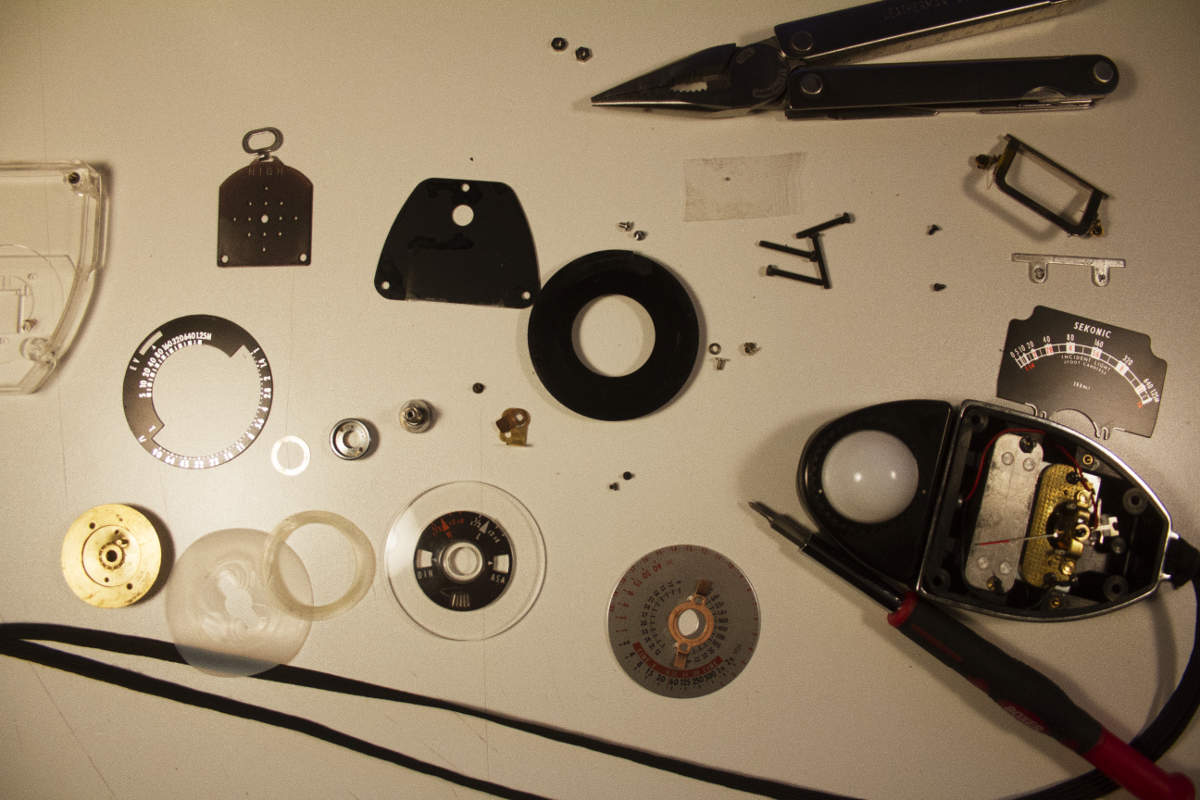 As it turns out coffee and light meters don't play well together. Happy freakin' Monday...
As it turns out coffee and light meters don't play well together. Happy freakin' Monday...
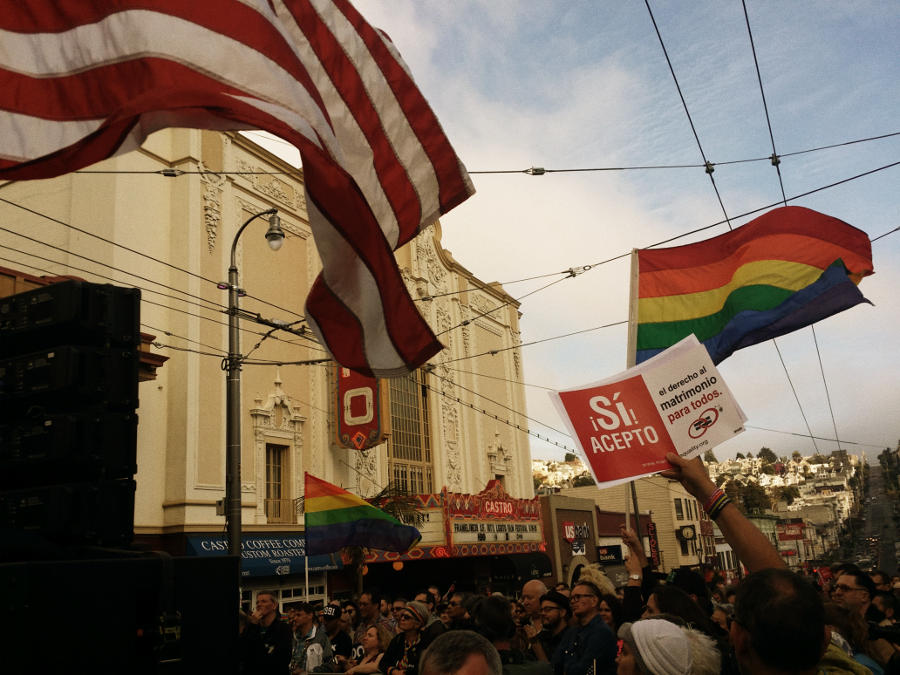 Stumbled upon this little shindig on my way home last night at Castro and Market Streets... feels pretty good when America does something right for a change. Happy Pride Weekend!
Stumbled upon this little shindig on my way home last night at Castro and Market Streets... feels pretty good when America does something right for a change. Happy Pride Weekend!
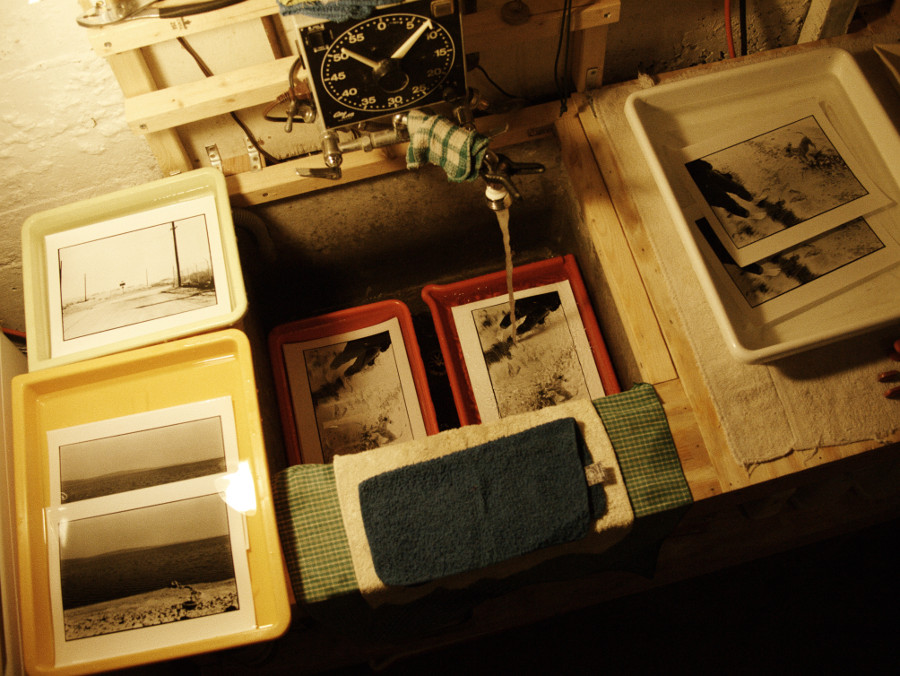 Sometimes you just have to spend a week in the darkroom listening to old Steely Dan albums and breathing in chemicals...
Sometimes you just have to spend a week in the darkroom listening to old Steely Dan albums and breathing in chemicals... 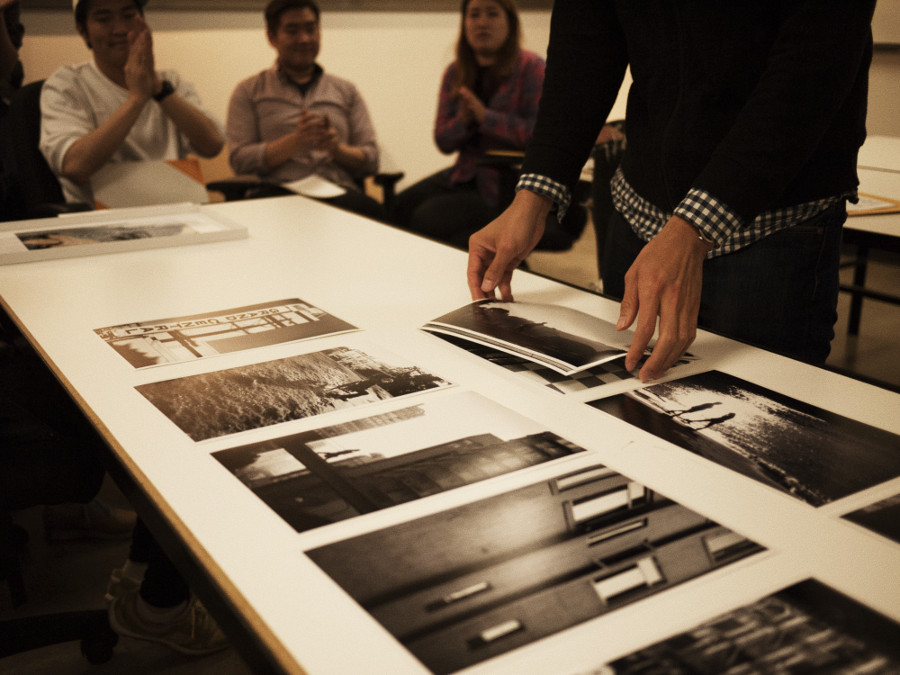 Last day of the spring semester, and this was by far the most difficult class I've ever taught in the 6 years I've been an instructor at the Academy of Art. Every class is different, every group dynamic varies, but this bunch was exceptionally difficult to reach. How do you explain the effects of focal length and depth of field to someone who has never held a camera that wasn't attached to a phone? How do you convince young people that instagram filters don't make a snapshot a good photograph. How do you facilitate a dialogue about what makes an impactful, powerful image with students who's native language is not your own? How do you convey the impact that the printed image can have to someone who has never printed a photograph?
Last day of the spring semester, and this was by far the most difficult class I've ever taught in the 6 years I've been an instructor at the Academy of Art. Every class is different, every group dynamic varies, but this bunch was exceptionally difficult to reach. How do you explain the effects of focal length and depth of field to someone who has never held a camera that wasn't attached to a phone? How do you convince young people that instagram filters don't make a snapshot a good photograph. How do you facilitate a dialogue about what makes an impactful, powerful image with students who's native language is not your own? How do you convey the impact that the printed image can have to someone who has never printed a photograph?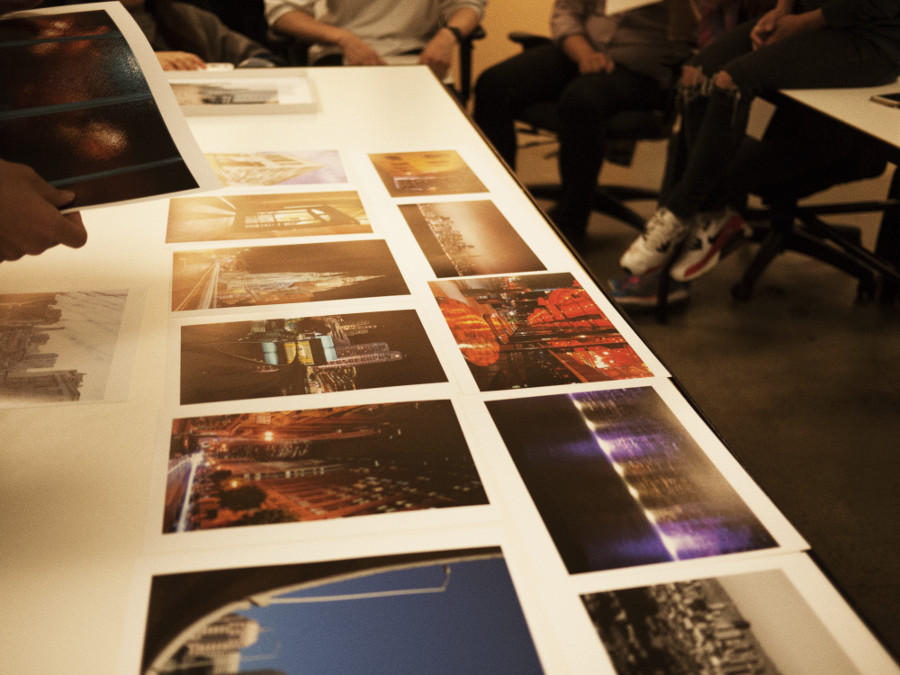
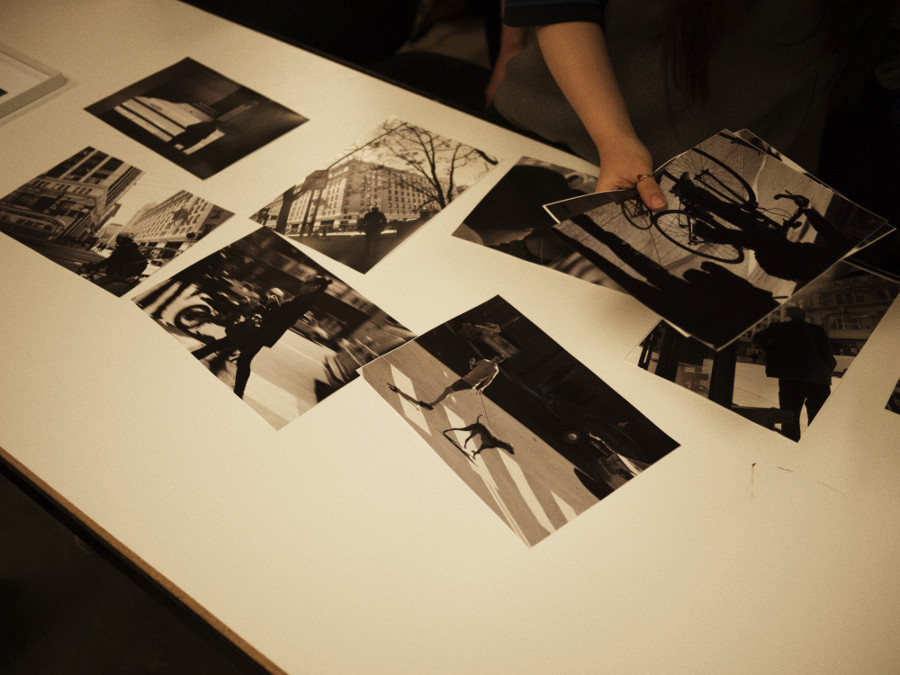
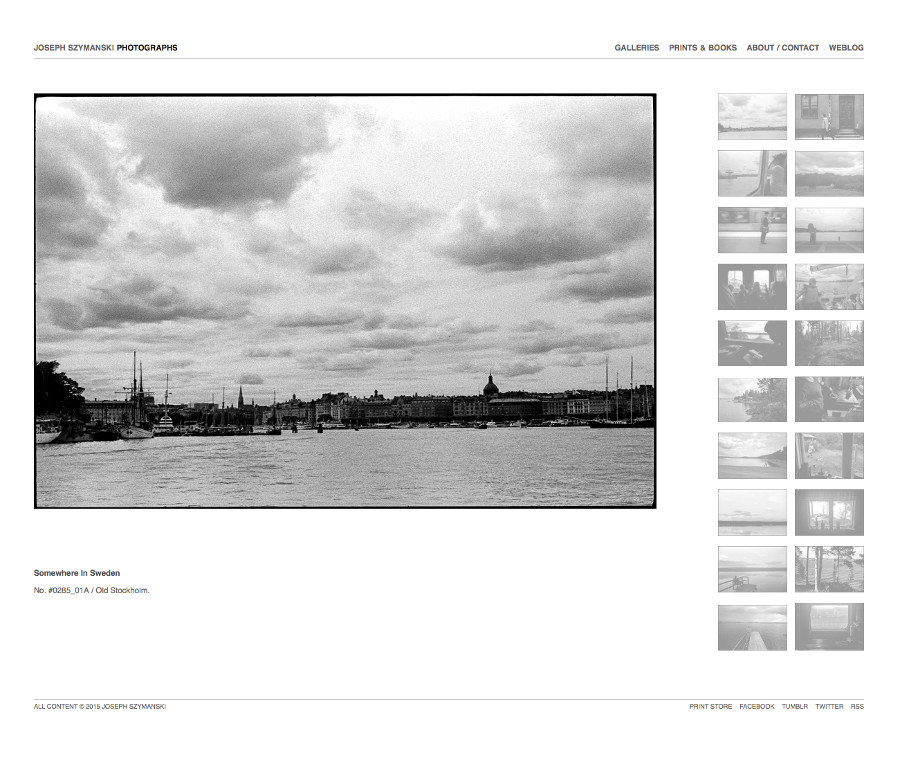
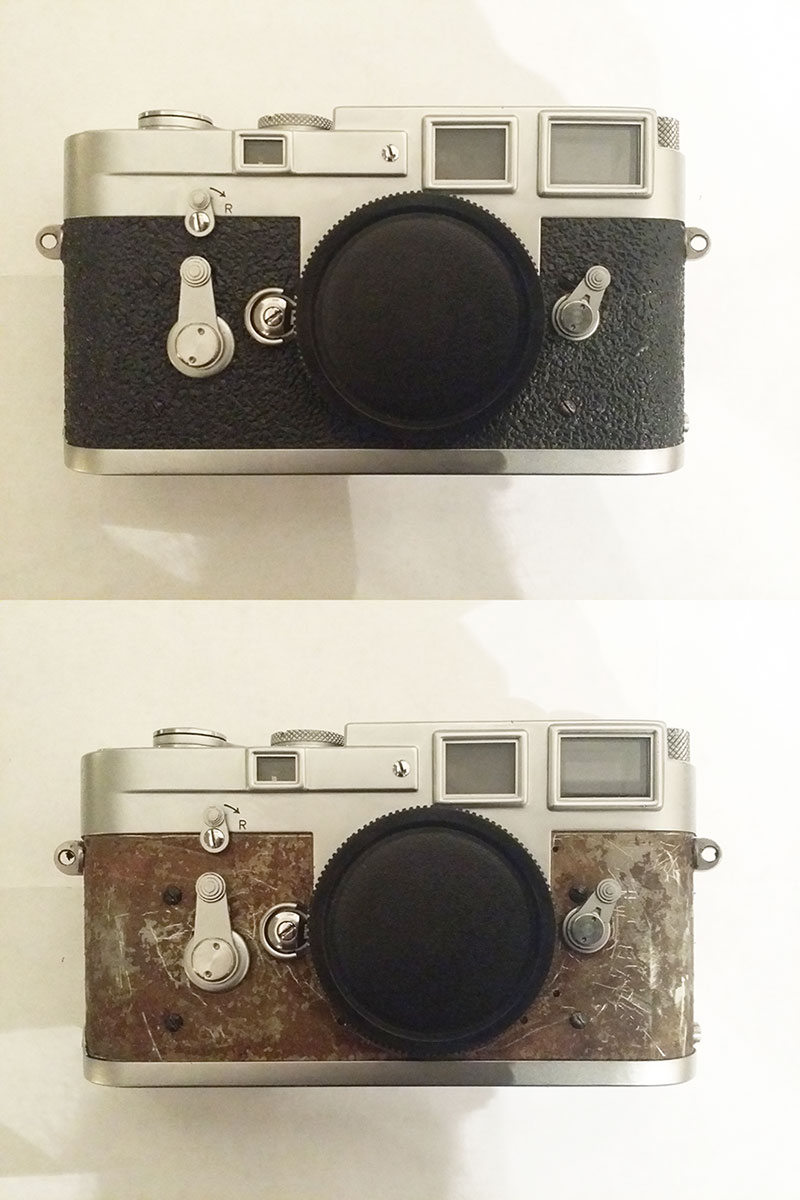 Got a new dress for the M3 to replace the old and horribly beat up stock vulcanite from
Got a new dress for the M3 to replace the old and horribly beat up stock vulcanite from 





